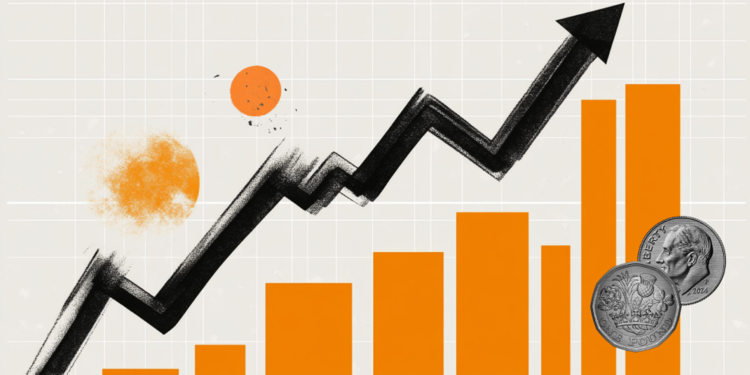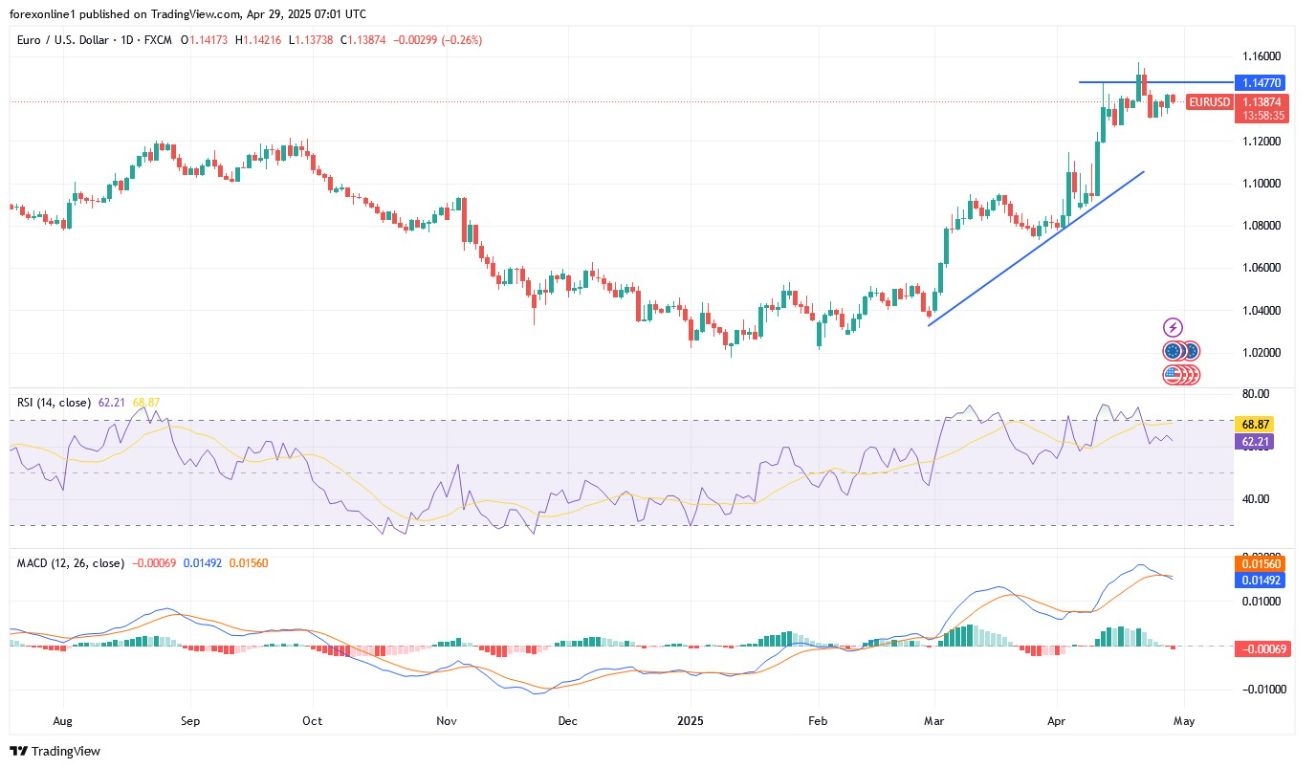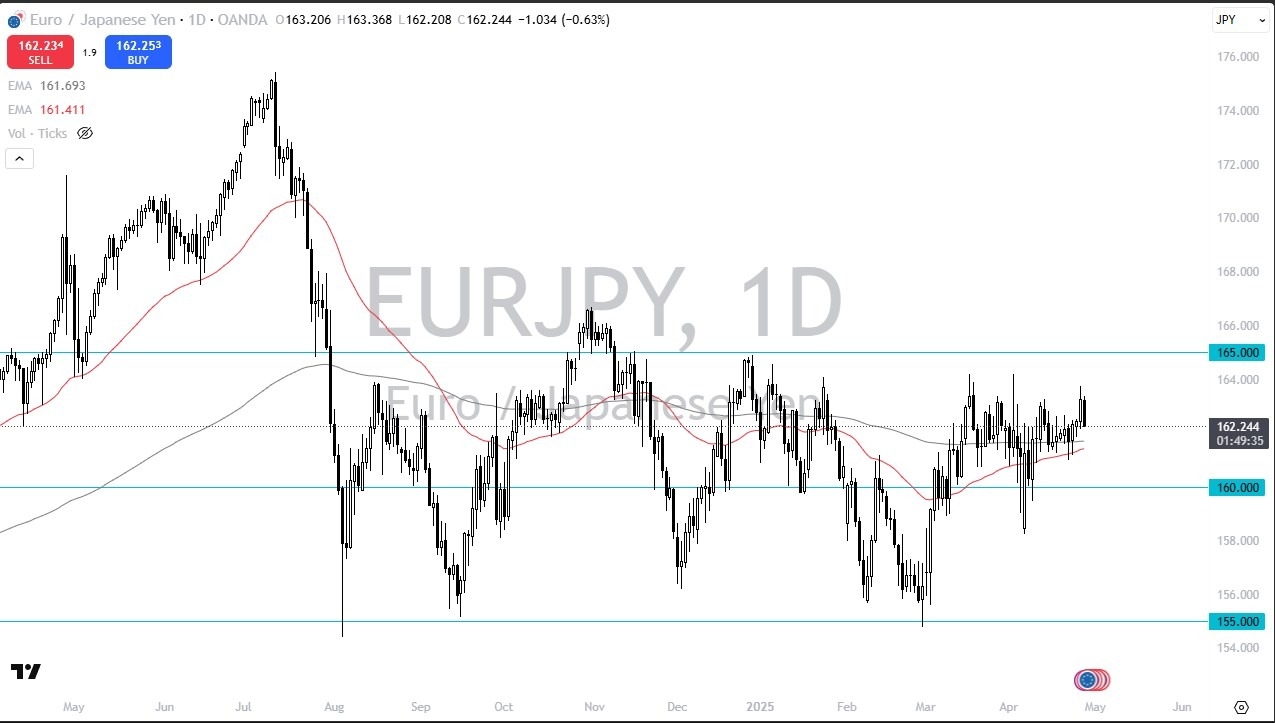Category: Forex News, News
Pound Sterling could face stiff resistance at 1.3480
- GBP/USD advanced to its highest level in over three years above 1.3440.
- The technical outlook points to a bullish bias in the near term.
- The US economic calendar will feature JOLTS Job Openings data for March.
GBP/USD benefited from the renewed selling pressure surrounding the US Dollar (USD) and advanced to its highest level in over three years above 1.3440 in the Asian session on Tuesday. Although the pair corrects lower in the European morning, the technical outlook suggests that the bullish bias remains intact.
British Pound PRICE This week
The table below shows the percentage change of British Pound (GBP) against listed major currencies this week. British Pound was the strongest against the US Dollar.
| USD | EUR | GBP | JPY | CAD | AUD | NZD | CHF | |
|---|---|---|---|---|---|---|---|---|
| USD | -0.27% | -0.80% | -0.81% | -0.31% | -0.39% | -0.28% | -0.62% | |
| EUR | 0.27% | -0.59% | -0.57% | -0.05% | -0.21% | -0.02% | -0.37% | |
| GBP | 0.80% | 0.59% | 0.04% | 0.55% | 0.36% | 0.57% | 0.23% | |
| JPY | 0.81% | 0.57% | -0.04% | 0.55% | 0.47% | -0.85% | 0.50% | |
| CAD | 0.31% | 0.05% | -0.55% | -0.55% | -0.20% | 0.03% | -0.30% | |
| AUD | 0.39% | 0.21% | -0.36% | -0.47% | 0.20% | 0.20% | -0.14% | |
| NZD | 0.28% | 0.02% | -0.57% | 0.85% | -0.03% | -0.20% | -0.34% | |
| CHF | 0.62% | 0.37% | -0.23% | -0.50% | 0.30% | 0.14% | 0.34% |
The heat map shows percentage changes of major currencies against each other. The base currency is picked from the left column, while the quote currency is picked from the top row. For example, if you pick the British Pound from the left column and move along the horizontal line to the US Dollar, the percentage change displayed in the box will represent GBP (base)/USD (quote).
The USD weakened against its major rivals in the second half of the day on Monday on growing concerns over an economic downturn. The Federal Reserve Bank of Dallas’ Texas Manufacturing Index slumped to its worst level since May 2020 at -35.8 in April, down from -16.3 in March. Additionally, the uncertainty surrounding the US-China trade relations puts additional weight on the USD’s shoulders.
Early Tuesday, a spokesperson for China’s Commerce Ministry said that the US should stop making threats if they want a resolution and noted that it’s the US that needs to seek dialogue with China on tariffs.
In the second half of the day, the US Department of Labor Statistics will publish JOLTS Job Openings data for March. Investors expect the number of job openings to decline slightly to 7.5 million from 7.56 million in February. A significant negative surprise, with a reading at or below 7 million, could trigger another leg of USD selloff and open the door for additional gains in GBP/USD. On the flip side, a bigger-than-forecast print could support the USD and limit the pair’s upside.
GBP/USD Technical Analysis
GBP/USD holds comfortably above the 20-period and the 50-period Simple Moving Averages (SMA) on the 4-hour chart and the Relative Strength Index (RSI) indicator stays above 60, reflecting a bullish bias.
On the upside, 1.3480 (mid-point of the ascending regression channel) aligns as the next key resistance level before 1.3500 (static level, round level) and 1.3570 (static level). Looking south, supports could be spotted at 1.3340-1.3330 (20-period SMA, 50-period SMA) and 1.3280 (lower limit of the ascending channel).
Pound Sterling FAQs
The Pound Sterling (GBP) is the oldest currency in the world (886 AD) and the official currency of the United Kingdom. It is the fourth most traded unit for foreign exchange (FX) in the world, accounting for 12% of all transactions, averaging $630 billion a day, according to 2022 data.
Its key trading pairs are GBP/USD, also known as ‘Cable’, which accounts for 11% of FX, GBP/JPY, or the ‘Dragon’ as it is known by traders (3%), and EUR/GBP (2%). The Pound Sterling is issued by the Bank of England (BoE).
The single most important factor influencing the value of the Pound Sterling is monetary policy decided by the Bank of England. The BoE bases its decisions on whether it has achieved its primary goal of “price stability” – a steady inflation rate of around 2%. Its primary tool for achieving this is the adjustment of interest rates.
When inflation is too high, the BoE will try to rein it in by raising interest rates, making it more expensive for people and businesses to access credit. This is generally positive for GBP, as higher interest rates make the UK a more attractive place for global investors to park their money.
When inflation falls too low it is a sign economic growth is slowing. In this scenario, the BoE will consider lowering interest rates to cheapen credit so businesses will borrow more to invest in growth-generating projects.
Data releases gauge the health of the economy and can impact the value of the Pound Sterling. Indicators such as GDP, Manufacturing and Services PMIs, and employment can all influence the direction of the GBP.
A strong economy is good for Sterling. Not only does it attract more foreign investment but it may encourage the BoE to put up interest rates, which will directly strengthen GBP. Otherwise, if economic data is weak, the Pound Sterling is likely to fall.
Another significant data release for the Pound Sterling is the Trade Balance. This indicator measures the difference between what a country earns from its exports and what it spends on imports over a given period.
If a country produces highly sought-after exports, its currency will benefit purely from the extra demand created from foreign buyers seeking to purchase these goods. Therefore, a positive net Trade Balance strengthens a currency and vice versa for a negative balance.
Written by : Editorial team of BIPNs
Main team of content of bipns.com. Any type of content should be approved by us.
Share this article:










